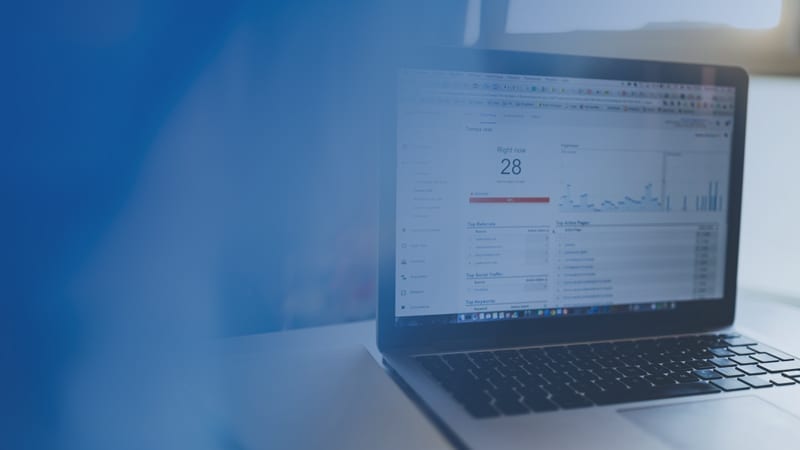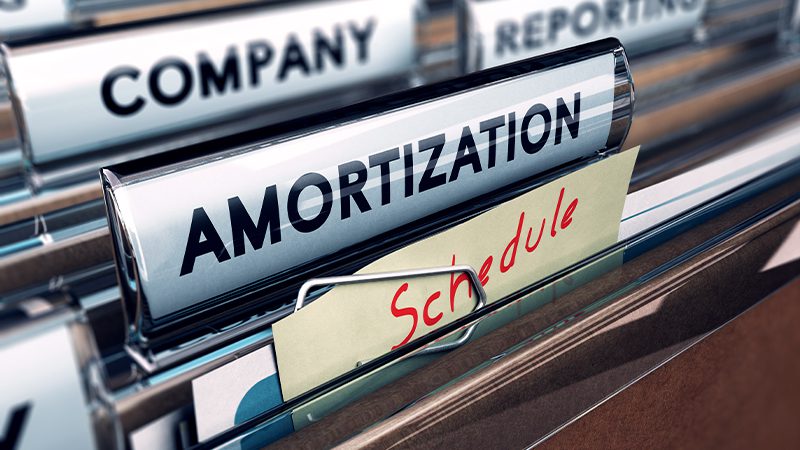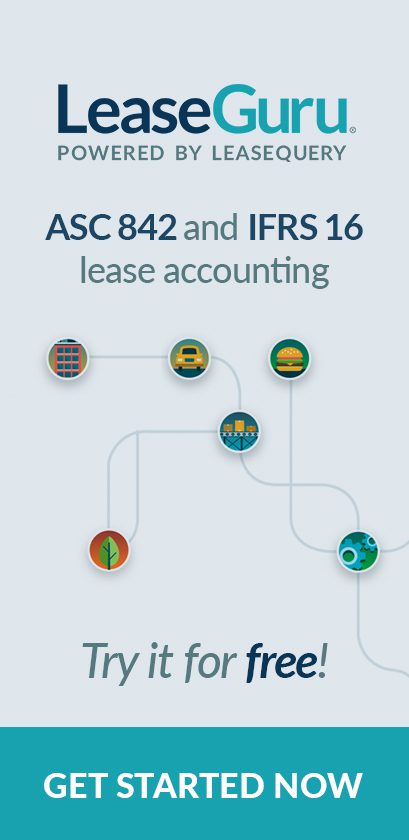You’ve collected all of your company’s leases. You’ve built your amortization schedules. You’ve created your journal entries and reports. And now, the moment of truth: your first post-transition audit. What should you expect? What will your auditors be looking for? What can you do to make the process as pain-free as possible?
See which steps you can take to make sure your audit goes smoothly.
The new lease standards create new audit headaches
Preparing for any audit is stressful, and the stress of this audit is compounded by the fact that you’ve added the majority of your leases to your balance sheet. No matter what you do, it’s going to take more time than your usual audit. Fortunately, there are steps you can take to streamline the process as much as possible.
Put yourself in your auditors’ shoes
You deal with your company’s financials every day, so it’s easy to forget that your auditors aren’t as familiar with them as you. That often leads to avoidable miscommunications and hiccups. Believe it or not, your auditors share many of the same frustrations as you. Requesting information, waiting on it, and then having to get further documentation is just as draining for them as it is for you to process those requests.
Putting yourself in your auditors’ shoes will help you see things from their perspective. Auditors work with multiple clients who have their own unique nuances, processes, and tools. This is why upfront communication is so critical. If you provide your auditors with clear documentation of your policies and processes at the beginning of the audit, the fewer questions they’ll have.
What you need to have in place before the audit begins
Once you’ve gotten a handle on seeing things from your auditors’ perspective, it’s important to have a good idea of what they’re looking for when auditing the lease data in your financials.
Policies
As with any new standard update, you’ve had to develop policies that weren’t in place before. It’s best to get your auditors’ buy-in as you implement your policies. However, if you haven’t done that, be prepared to provide them with clear documentation before the audit begins. Assume that your auditors will ask for clarity on these policies, and be prepared to explain them.
Internal controls
Your auditors will also ask for documentation of your internal controls. Who is responsible for managing lease data? How do you segregate duties? You need documentation of the policies and procedures you have in place. You also need to be prepared with documentation of any changes made to your leases.
Are your systems ready?
The new standards add complexities to your processes that you may not have needed to address in the past. It’s important to make sure that the software you use can handle those complexities. Here are some steps you can take to ensure that your systems simplify your work, instead of making it more complicated:
- Assess whether you need new accounts in your general ledger.
- Ensure your GL can properly account for foreign transactions (if applicable).
- Ensure your system can account for nuances like contingent rent or 13-period calendars.
This is an important part of the audit prep process that will save you time and frustration in the long run.
It’s also a good idea to do a test run of your reports and disclosures. Perform your own internal audit to catch any gaps or mistakes. Give yourself enough time to address those issues so they can be resolved well before your auditors come.
Give your auditors access to your lease accounting software
Investing in software that was built specifically for the new lease accounting standards doesn’t just ensure that you’re compliant. It can also save you a lot of time with your auditors. Imagine being able to give your auditors access to pull reports and data that they normally have to request from you.
If you’ve invested in a software that’s easy to use, it shouldn’t take much time to train them on how to create reports or access lease documents.
Get step-by-step guidance on how to prepare for your first audit
This is just a high-level overview of what you can do to streamline your first post-transition audit. ASC 842 and IFRS 16: Preparing for Your First Audit will walk you through the seven steps you need to take to make the process as painless as possible. Plus, you’ll get tips on how to avoid common mistakes and work more efficiently. Download the guide here.












